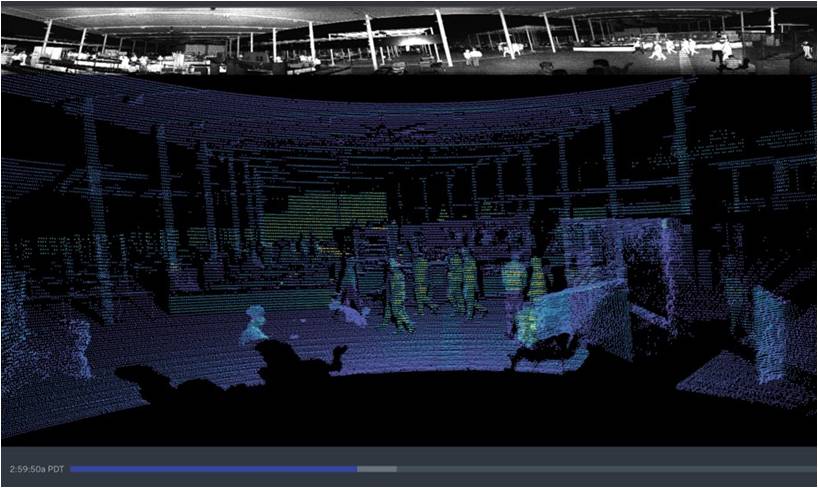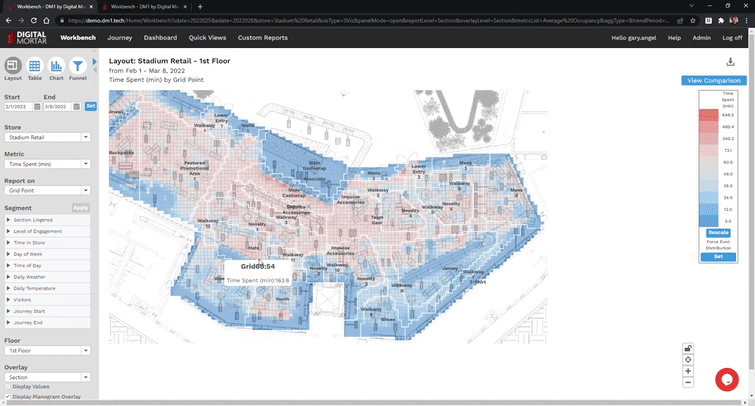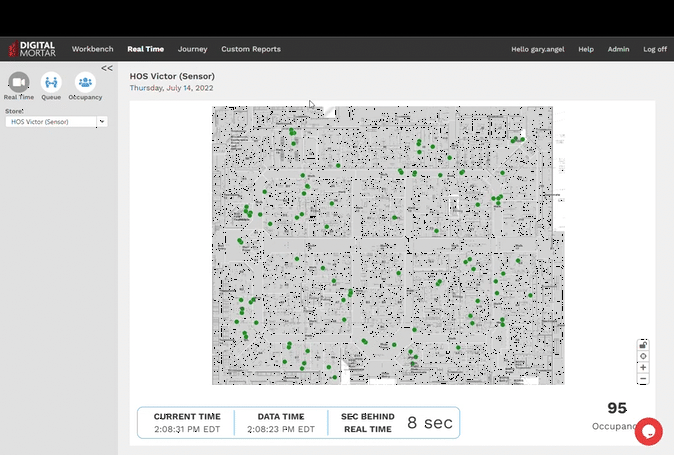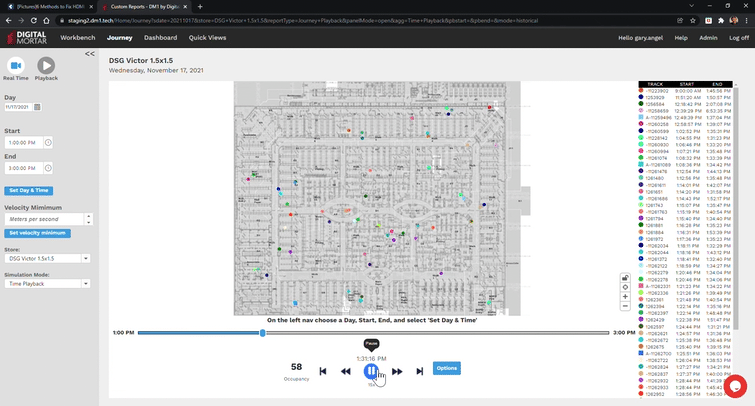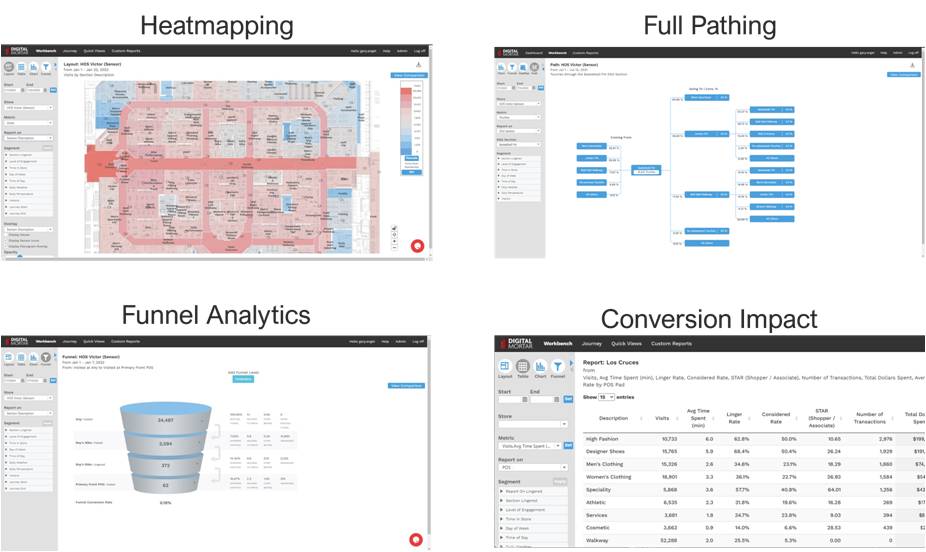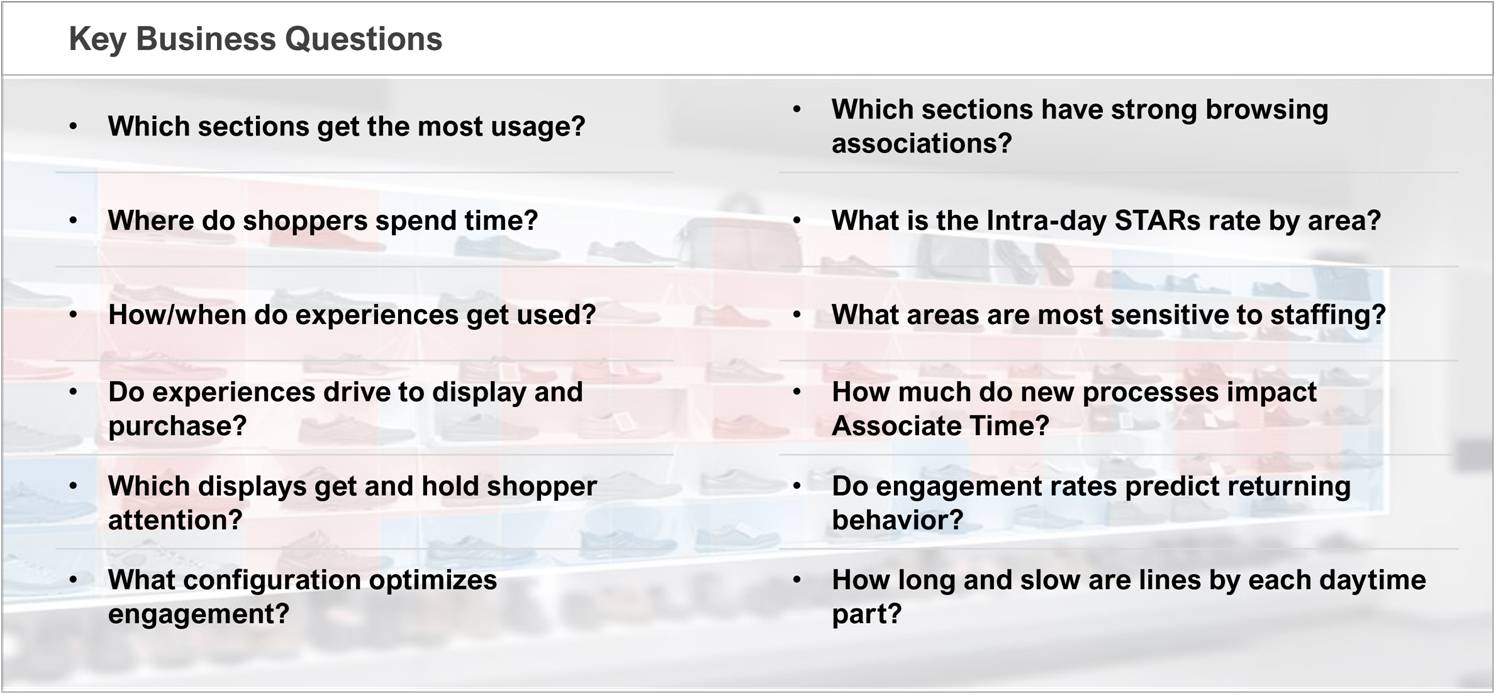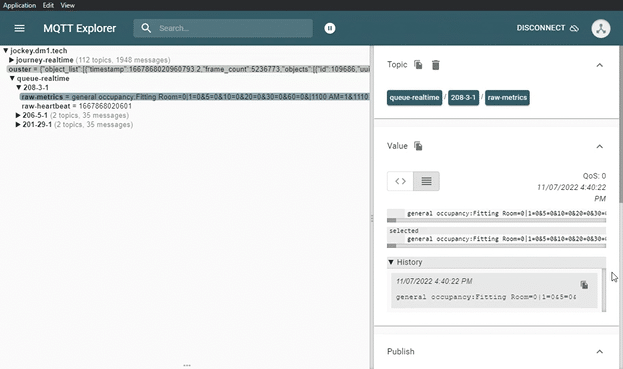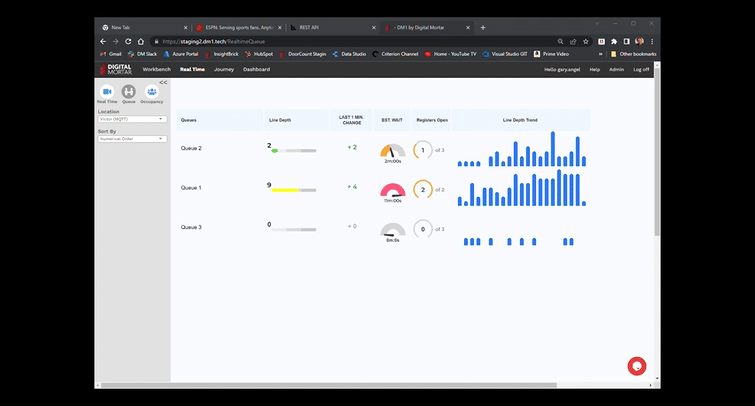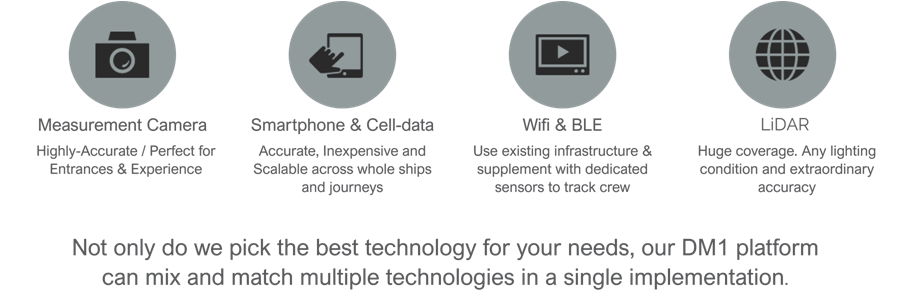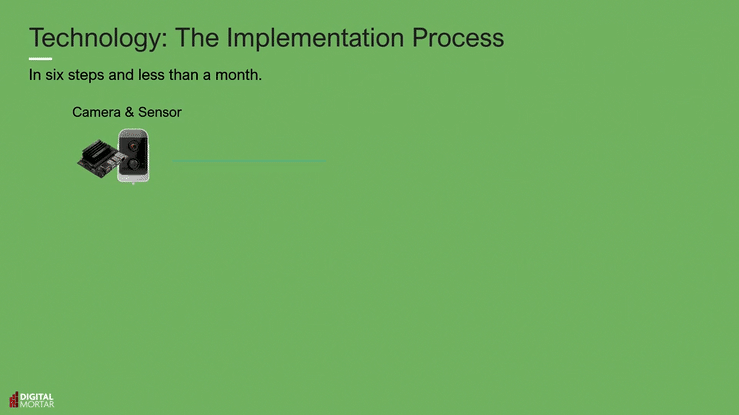Measuring Every Step of the Shopper Journey
The shopper journey inside the store is incredibly complex and important. Every step and every second has value. So that’s what we measure. From door to floor to register. We measure every shopper. Every step. Every second. Against every purchase. In real-time and analytically.
That means you see and can act on what’s happening right now. Are lines at the Cashwrap too long? Is there a customer who needs help? Are Associates in the right place?
It also means you can analyze, understand and optimize every aspect of store performance: display engagement, store flow and design, detailed path to purchase, merchandising effectiveness, and Associate allocations.
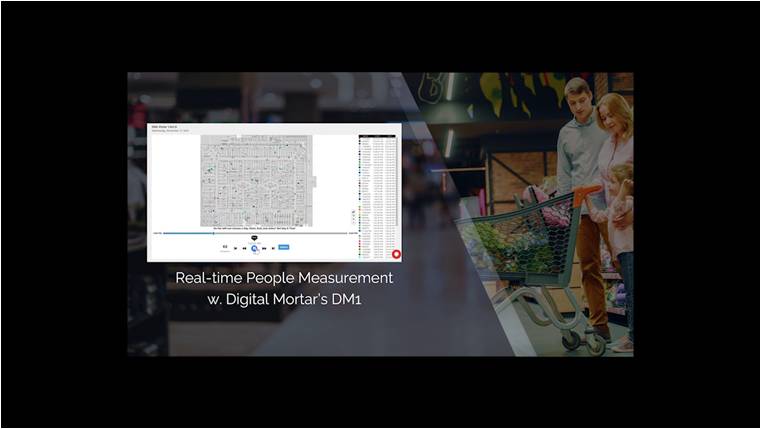
-
The Best People-Measurement
We collect and analyze detailed shopper behavior using the best people-measurement technologies. Every shopper. Every step. We take the data from camera and LiDAR sensors and improve it with our advanced ML – performing complex stitching, Associate identification, and ghost & fragment removal. All to give you the best, most accurate, most comprehensive data in the industry.
-
Full Journey Analytics
Full journey means just what it says. You can literally play-back entire days of data. Follow individual shopper sessions. Filter by specific interactions. Measure time at every display or area. And track it all to what shoppers actually purchased.
-
Operational Intelligence
Our real-time pipeline lets you monitor and drive store operations. Monitor lines & wait times at Cashwrap. View the Occupancy and STARs ratios in ANY area of the store. Identify shoppers in need of help. Track their interactions. Dynamically allocate Associates. It’s a fundamentally new WAY to manage the store.
-
Integrated PoS
The whole point of the store is to sell. We integrate POS at the individual level. That means we can tell you detailed path to purchase. Including the things shoppers looked at AND didn’t buy. You can track every display engagement. Every Associate interaction. Every path. All with a clear understand of what drove a sale and what didn’t.
